RIP Windows 7 – Microsoft’s best operating system ever?
From birth to end-of-life, what made this OS so special for many folks?
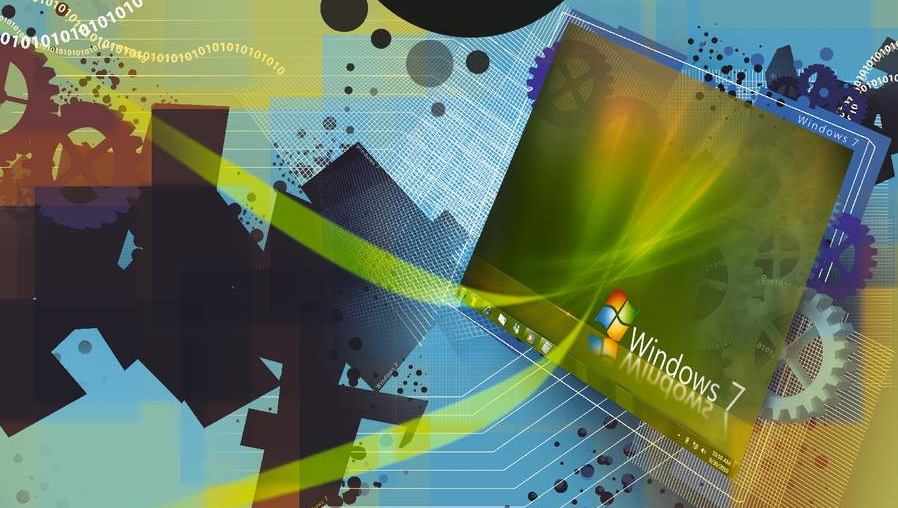
Ask not for whom the bell tolls, for it rings out for Windows 7. Microsoft’s venerable OS has officially run out of time, and with support now ended, there will doubtless be a good number of folks feeling sad about being forced to abandon Windows 7 – presumably to make tracks for Windows 10. Or possibly another operating system entirely, for the real diehard anti-Windows 10 types.
Windows 7 is certainly one of the incarnations of the desktop OS which Microsoft got right, but what really led to its success, and what clicked with its user base, making it so difficult to give up for many?
We thought we’d mull over the reasons, and rewind through a potted history of Windows 7 to highlight exactly why the OS was so well-loved – and indeed may remain so in the near future. Because if Windows XP is anything to go by, Windows 7 will retain a good chunk of users long after Microsoft has officially closed the curtains by ceasing support on January 14.
Those folks are sticking with the OS at their peril, though, as we discuss in our extensive guide to preparing for Windows 7 end of life.
- Microsoft is killing off Windows 7, but Microsoft Security Essentials lives on
- Intel releases free file transfer app to help you ditch Windows 7
- Check out all the best Windows 10 laptops out there

Birth of Windows 7
Windows 7 was born in 2009, and it followed the infamously unpopular Windows Vista. And at the other end of the OS timescale, it was superseded by the equally disliked Windows 8.
So it’s quite easy to see that part of Windows 7’s popularity is derived from the simple fact that it was sandwiched between two incarnations of Microsoft’s desktop operating system which are universally regarded as awful (arguably they’re the worst versions ever produced, alongside Windows Me of course).
Certainly, Windows 7 felt like a big step on from Vista in terms of the overall interface, which looked far more modern, and was more user-friendly and streamlined (with less nagging and interrupting your workflow in general – Vista had a nasty habit of bombarding you with User Account Control security prompts). It was clearly an immediate improvement in this respect, and even more importantly, under the bonnet too.
Get daily insight, inspiration and deals in your inbox
Sign up for breaking news, reviews, opinion, top tech deals, and more.
Windows Vista was known to be a relative resource hog, and Windows 7 ran far quicker, not to mention with much less disk churning. The performance of the OS was considerably better all-round, and that was obviously a big draw from the get-go with Windows 7. Stability was also impressive out of the gate, and again that didn’t harm the initial reception of the operating system.
Not everything ran totally smooth with Windows 7’s launch, of course – there will always be issues with any piece of software, particularly something as complex and intricate as an operating system. As we observed in our review back at the time, there were some rough edges and legacy dialog boxes lurking here and there, plus a few gremlins pertaining to battery life and performance hitches.
But the Windows 7 reviews, like ours, were all pretty impressed, and the OS got off to a good start generally speaking, with a positive critical reception.
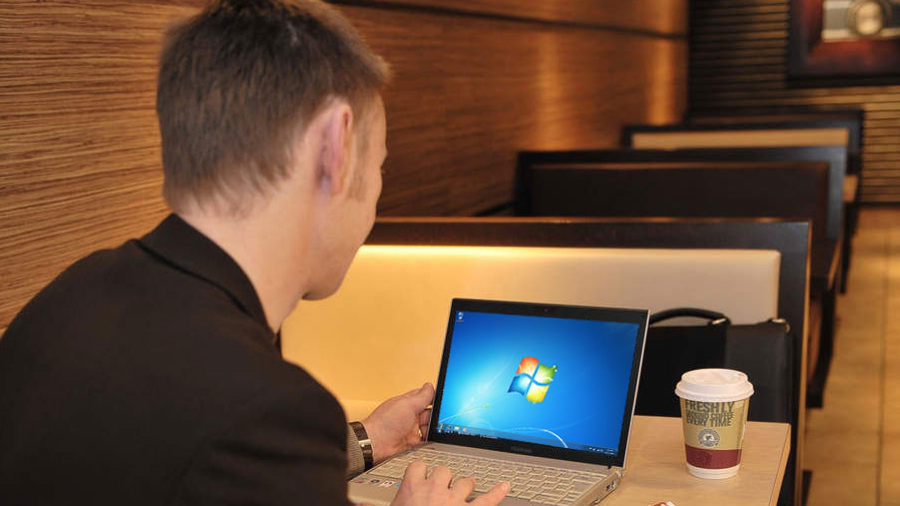
Fastest-selling OS ever
Six months after release, Windows 7 had cruised over the 90 million mark in terms of sales, and Microsoft was busy bragging about having the fastest-selling operating system in history (not to mention happily raking in the profits).
By August 2010, only 10 months after Windows 7 was launched, the operating system had overtaken its predecessor Windows Vista – even if the majority of folks were still using Windows XP. Then in October 2011, two years after release, Windows 7 outdid XP in terms of global PC market share.
So while initial sales were very impressive, it still took some time for Windows 7 to overtake the reigning Windows champion. That said, it accomplished this feat quicker than Windows 10 managed to stage its later takeover to become the main OS. Whereas Windows 7 took two years to become top dog and strip that title from Windows XP, Windows 10 took two-and-a-half years to wrest the crown out of Windows 7’s mitts (going by the most optimistic set of adoption stats available in both cases, that is).
At any rate, we’re getting a little ahead of ourselves here: the key point is that Windows 7 did very well in terms of its initial critical reception, and its early growth, managing to become the dominant OS at a respectable lick of pace.
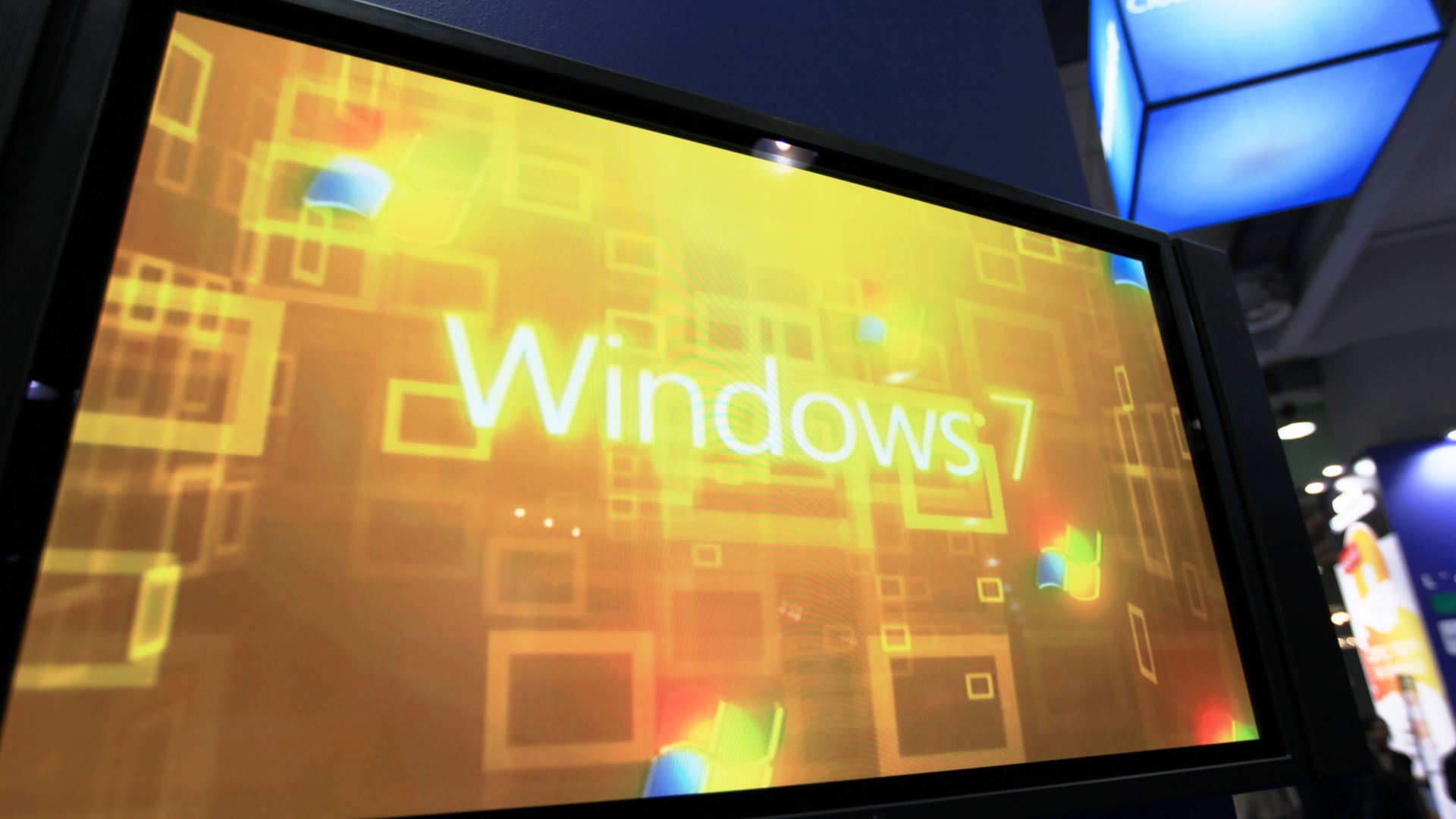
Servicing switch
After its initial release, Windows 7 naturally received a service pack, back when this was still the manner in which Microsoft updated its desktop operating systems. Windows 7 SP1 arrived in February 2011, but unlike previous service packs for the likes of say Vista, it didn’t add any major new features.
In fact, SP1 was effectively a bunch of more minor updates and fixes, and not very exciting for the average user (even if it did include some more significant changes for business users). And while Windows 7 SP2, the second service pack, was expected to land before 2012 was out, it never emerged – at all. Although Microsoft did push out a sort-of-service-pack release, which stood in lieu of an official SP2, but that was much later (we’ll come on to that shortly).
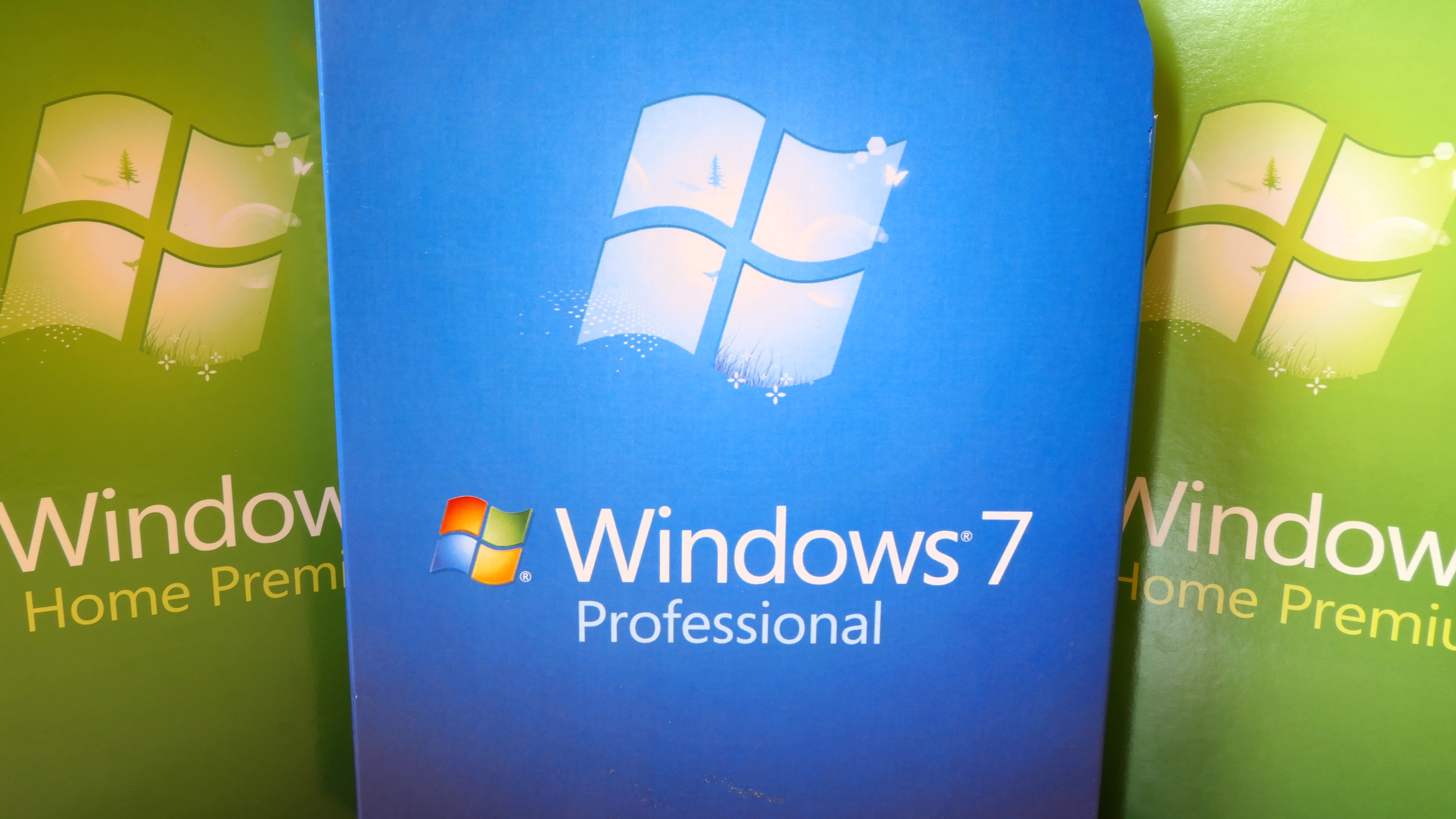
Cementing dominance
While we didn’t see SP2 for Windows 7 emerge around the middle of 2012 as expected, what we did witness was the launch of Windows 8 in October 2012, with much fanfare – but no real fans.
The failure of Windows 8 has been well-documented, of course, so it’s not something we’re going to go into here, but suffice it to say that Microsoft’s insistence on forcing an operating system that users didn’t want – and moving too quickly in jamming a touch-friendly interface in there – did not go down well.
Where this had big repercussions for Windows 7 was in the fact that people didn’t want to leave the existing, dominant version of Microsoft’s desktop OS. As we saw after the first month that Windows 8 was released, adoption of the new operating system was five times slower than Windows 7 managed when it launched.
At the end of 2013, Windows 7 was still growing, and at times was even growing faster than Windows 8 (with both operating systems gaining at the expense of Windows XP at the time).
There was memorable horror and panic from business users when Microsoft let it be known that it wanted to end all sales of PCs running Windows 7 by October 2014, meaning all new hardware would come with Windows 8. Such was the reaction that the firm subsequently backtracked for business users wanting Windows 7 Pro, and in the end, sales of machines with this flavor of the OS weren’t curtailed until October 2016 (two clear years after the cessation of non-Pro sales on consumer PCs).
Of course, at this point in late 2016, Windows 10 had been out for a while, and doubtless Microsoft finally felt that it could strong-arm companies, as well as consumers, to move to its latest OS when buying a new PC.
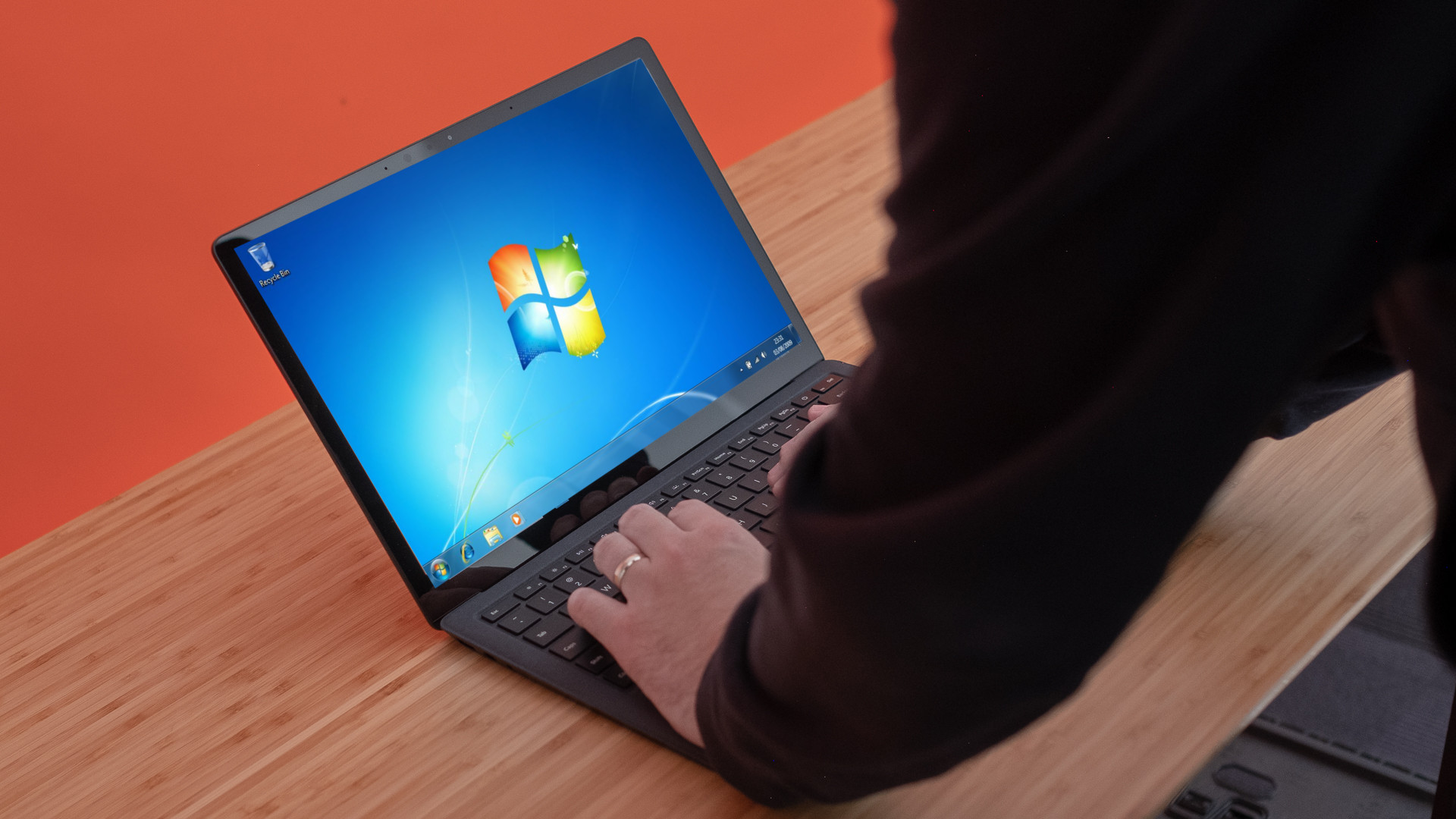
Patch hell
Remember that we already discussed the fact that there was never any official second service pack for Windows 7? The lack of SP2 led to the situation whereby at the start of 2016, someone installing Windows 7 with SP1 – which came out in 2011, remember – would have to apply five years’ worth of patches to the operating system.
And that was more of an inconvenience than just merely waiting for a huge bunch of downloads, as the updates came in separate batches, requiring multiple staged reboots, meaning the whole installation process was a rather painful and prolonged ordeal.
Doubtless some folks’ memories of Windows 7 are blighted by such installation (or reinstallation) woes, but Microsoft did eventually fix this in May 2016, when it produced an SP1 ‘convenience roll-up’ which essentially bundled all those years of security fixes and other updates into a single package.
As we observed at the time, this wasn’t Windows 7 SP2, but it was the next best thing (and indeed even SP1 was pretty much just a bundle of fixes and fine-tuning).
That rollup package was a long time coming, though…
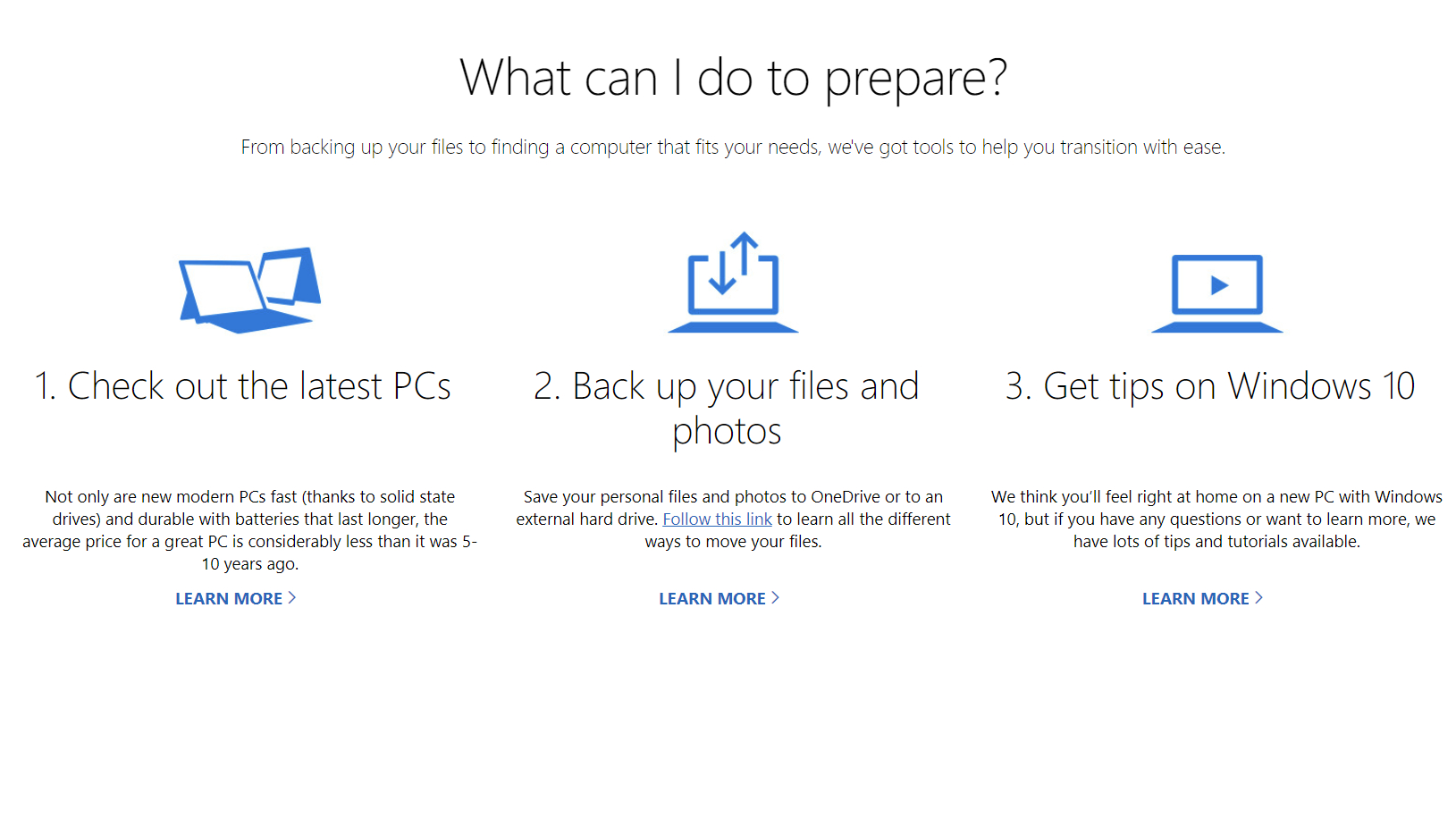
Scare tactics
Returning to the subject of Windows 7’s long-lasting popularity, which Windows 8 obviously failed to dent, when Windows 10 was released in July 2015, it also struggled to gain traction against the top dog OS at the time.
Even though it was a free upgrade for Windows 7 users, Windows 10 found poaching those folks a troublesomely sluggish endeavor. It’s a good bet that some of this slow going was due to the nagging tactics – some of which were controversial to say the least – which Microsoft employed to try to get users to upgrade from Windows 7 (or 8) to Windows 10.
Indeed, Microsoft even resorted to scare tactics in an effort to push users to leave Windows 7, spreading fear about the older OS being a security risk on several occasions – even though it was nothing of the sort.
At the time, the old operating system might not have been as secure as Windows 10, but that hardly made it a security nightmare. And really, some of the flaws that did manifest with Windows 7 in the later years were more about Microsoft seemingly taking its eye off the ball with the OS because it was too busy concentrating on pushing Windows 10.
So again, part of Windows 7’s success in being so favored, and keeping users with it so long, was due to the general suspicion around how Microsoft was trying to shove people to Windows 10 in all manner of different (sometimes seemingly-dubious) kind of ways.
However, Windows 10 did eventually win through, succeeding where Windows 8 failed, and finally deposing Windows 7 from its throne. Believe it or not, Windows 7 held on until as recently as the very end of 2018 – at least according to one major analytics firm (the other set of statistics commonly used declared Windows 10 victorious at the start of 2018).
So really, Windows 10 didn’t overtake Windows 7 until 2019 rolled around. An impressive achievement for the old OS, and a tribute to its staying power.
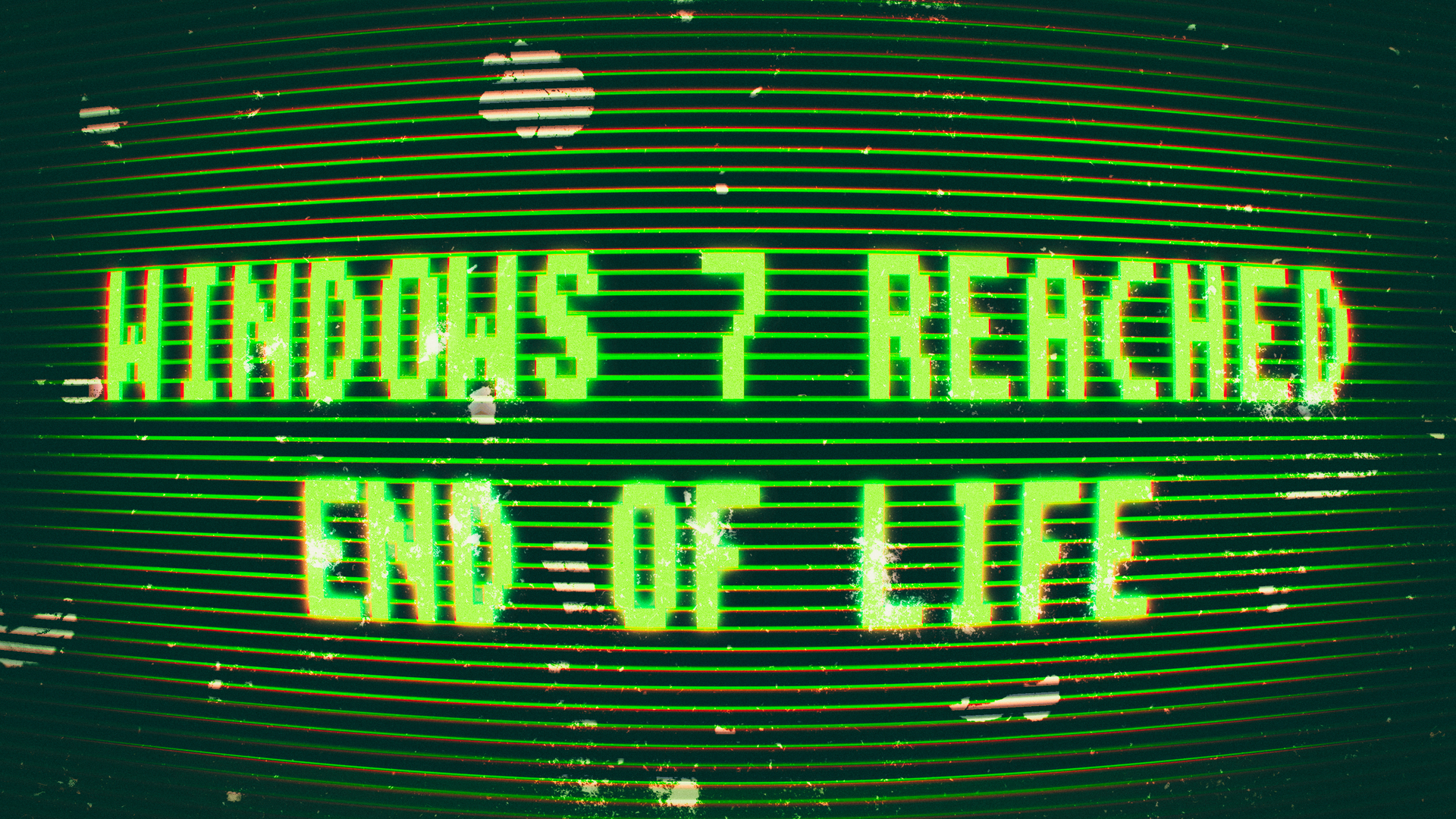
Final curtain
So clearly we can salute Windows 7, as it rumbles into end-of-life, as a winner by all sorts of yardsticks – even if some of its fame, fortune and favor was due to being sandwiched between preceding and succeeding Windows operating systems that were distinctly below-par for many different reasons.
By no means, however, is this predominantly a story about the fortuitous timing of being a tasty filling in the middle of two bits of stale OS bread. Even now, in 2020, and nearly five years after the release of Windows 10, Windows 7 remains very popular.
Going by the most recent OS market share figures for December 2019, Windows 7 is still on 27% of PCs across the world (although a good chunk of those will doubtless be corporate users). So, still over a quarter of users are running the OS, and there’s certainly a temptation to draw comparisons with Windows XP, which hung around like a bad odor for way too long after its expiry date. But does that mean Windows 7 will become another Windows XP in this respect?
Microsoft certainly seems to be anticipating some heels being dug in: the software giant has indicated that some business users can avail themselves of an extra year of support with certain versions of Windows 7 (and a scheme whereby companies can pay for additional support on top of that was revealed a year ago). Microsoft’s also planning to wield a cattle prod in the form of full-screen nag pop-ups informing users they must upgrade (although we know how well that’s gone down in the past).
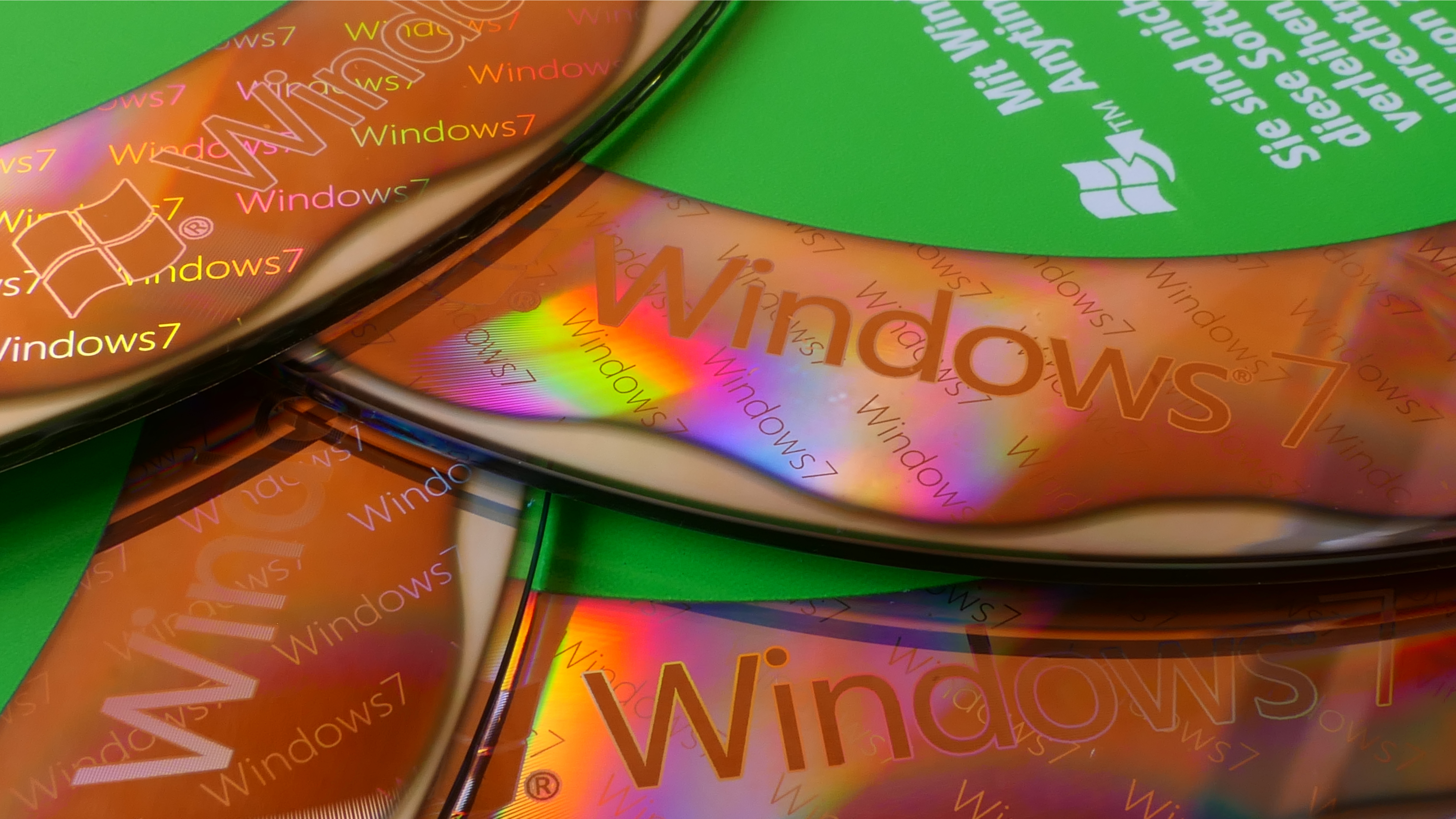
But is there any real reason to want to hold onto Windows 7, and resist an upgrade to Windows 10?
Not really, no. To cling onto Windows 7 after end-of-life is simply too much of a security risk to seriously consider, no matter how enamored you are with the old OS – or perhaps more to the point, how anti-Windows 10 you are.
We mustn’t forget that Windows 10 has changed a lot over the past five years, and Microsoft has made efforts to clean up many of the major bugbears around its latest OS, such as privacy worries to pick an obvious example (on that subject, remember that Microsoft back-ported its telemetry and data hoovering practices to Windows 7 and 8 a considerable time ago).
If you’re really unhappy with Microsoft’s privacy policies, or indeed other sticking points like forced updates with Windows 10, then you need to look at a completely alternative OS like a Linux distro (but that’s obviously a big change, with many ramifications in other respects).
Whatever you do, it’s not wise to stay with Windows 7. By all means raise a toast to the operating system which some regard as the finest Microsoft has ever produced, and one which blazed a memorable and long-lasting trail for sure – but don’t linger any longer.
- Guess which of Microsoft’s Surface devices is on our best laptops list
Darren is a freelancer writing news and features for TechRadar (and occasionally T3) across a broad range of computing topics including CPUs, GPUs, various other hardware, VPNs, antivirus and more. He has written about tech for the best part of three decades, and writes books in his spare time (his debut novel - 'I Know What You Did Last Supper' - was published by Hachette UK in 2013).